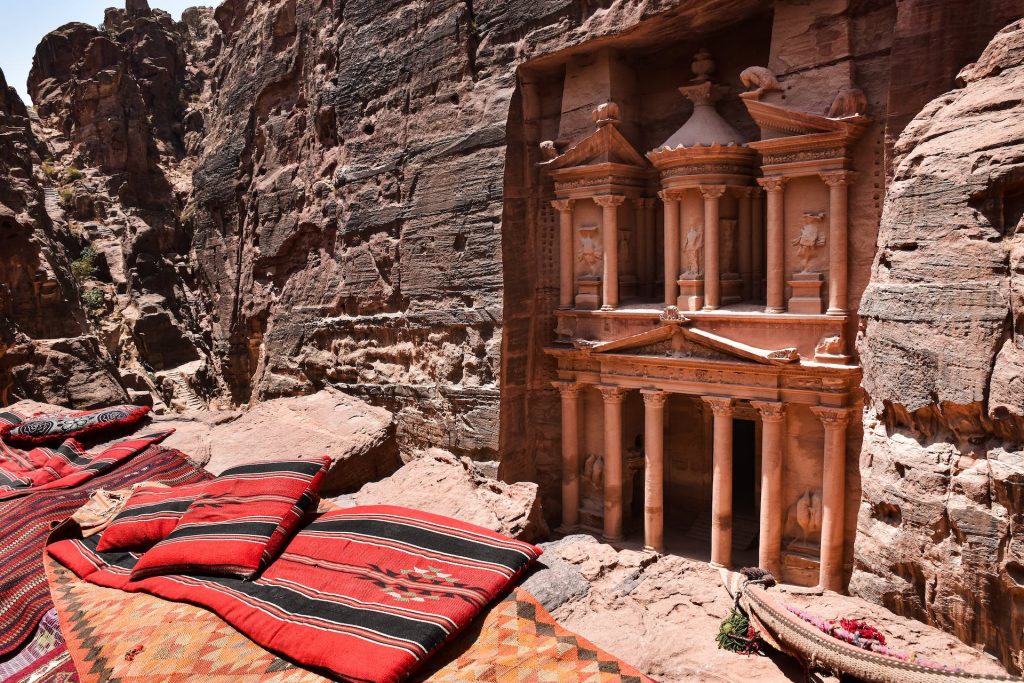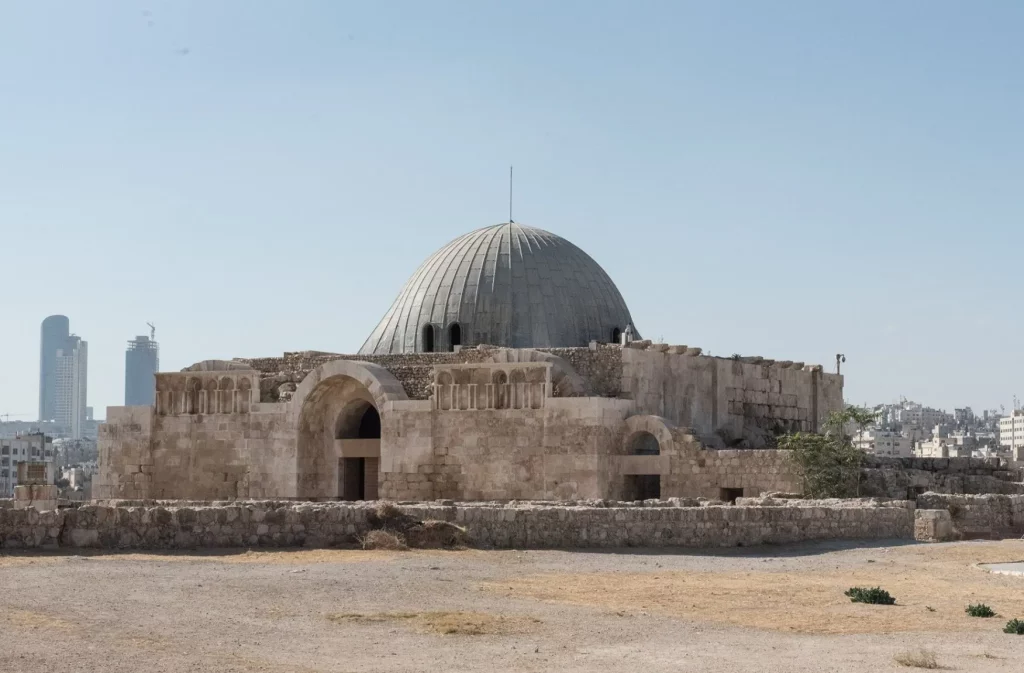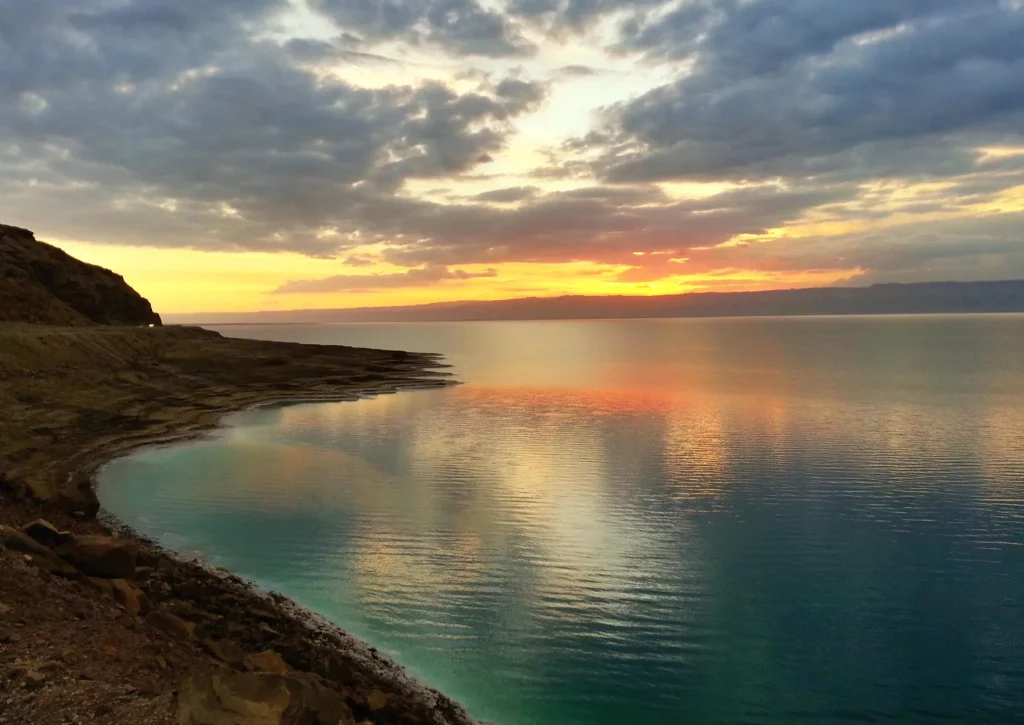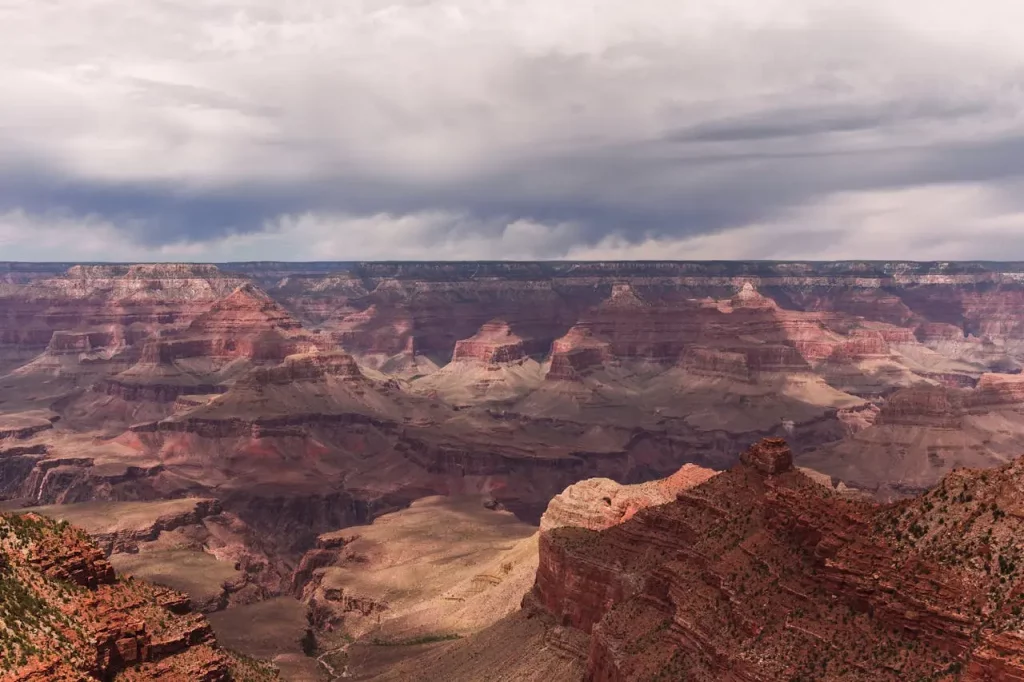The Sea of Galilee Tour
Discover Jordan & Israel
Day 1: Arrival at Queen Alia International Airport – Amman
Upon arrival at Queen Alia Airport, you’ll be greeted by our representative holding a sign with your name. They will assist you through immigration and arrange your free visa before escorting you to a private car. Depending on arrival time, optional activities include a cooking class, wine tasting, or other local experiences.
- Meals included: Dinner
- Overnight: Amman
Day 2: Amman – Jerash – Ajloun – Amman
Explore northern Jordan’s lush landscapes, beginning with Jerash, one of the most preserved Roman cities in the Middle East. Then continue to Ajloun Castle, a fortress that once defended key trade routes. Optional: Visit Umm Qais for panoramic views over the Sea of Galilee, Syria, and Lebanon.
- Meals included: Breakfast & Dinner
- Overnight: Amman
Day 3: Amman – Madaba – Mount Nebo – Dead Sea
Visit Madaba to see intricate Byzantine mosaics, including the oldest map of the Middle East. From Mount Nebo, enjoy a view over the Dead Sea and Judean Desert, imagining Moses’ view of the Promised Land.
- Meals included: Breakfast & Dinner
- Overnight: Dead Sea
Day 4: Dead Sea Experience – Petra
Spend the morning at the Dead Sea, where you can float in the mineral-rich waters or enjoy a spa treatment. In the afternoon, transfer to Petra.
- Meals included: Breakfast
- Overnight: Wadi Musa (Petra)
Day 5: Petra – Wadi Rum
Explore Petra, the New Wonder of the World. Walk through the Siq to the Treasury, and tour the ancient Nabatean city. Optionally, hike to the Monastery or High Place of Sacrifice. Continue to Wadi Rum for an authentic Bedouin camp experience under a star-filled sky.
- Meals included: Breakfast (and Dinner at Wadi Rum)
- Overnight: Wadi Rum
Day 6: Wadi Rum – Aqaba
Embark on a 4×4 Jeep tour of Wadi Rum, exploring ancient rock carvings and dramatic landscapes. Afterwards, head to Aqaba on the Red Sea coast.
- Meals included: Breakfast
- Overnight: Aqaba
Day 7: Aqaba – Amman City Tour
Spend the morning in Aqaba, where you can visit the fort, shop local markets, or dive among coral reefs. Return to Amman for a city tour, including stops at the Citadel and Roman Theater.
- Meals included: Breakfast
- Overnight: Amman
Day 8: Amman – Jericho – Masada – Qumran – Dead Sea – Jerusalem
Cross into Israel and visit Jericho, one of the oldest cities. Continue along the Dead Sea to Masada, Herod’s fortress, and stop at Qumran, where the Dead Sea Scrolls were discovered.
- Meals included: Breakfast
- Overnight: Jerusalem
Day 9: Jerusalem – Mount of Olives & Old City Tour
Begin your day at the Mount of Olives for panoramic views of Jerusalem. Walk through the Old City, exploring the Western Wall, Dome of the Rock, and the Church of the Holy Sepulchre.
- Meals included: Breakfast
- Overnight: Jerusalem
Day 10: Sea of Galilee – Capernaum, Tabgha, Mount of Beatitudes – Nazareth
Travel north to the Sea of Galilee, visiting historic sites like Capernaum and the Mount of Beatitudes. Stop in Nazareth to see the Church of the Annunciation.
- Meals included: Breakfast
- Overnight: Jerusalem
Day 11: Jerusalem – Bethlehem – Amman
Visit Bethlehem, including the Church of the Nativity and Shepherd’s Fields. After a stop in West Jerusalem, return to Amman.
- Meals included: Breakfast
- Overnight: Amman
Day 12: Departure from Amman
Enjoy optional tours or activities before your transfer to Queen Alia International Airport.
- Meals included: Breakfast
Inclusions
- Meet & assist upon arrival and departure
- Private transportation and modern air-conditioned vehicles with English-speaking drivers
- Accommodation: 11 nights in 4- or 5-star hotels with breakfast
- Entry fees and private Petra tour
Exclusions
- Jordan and Israel exit taxes
- Tips to guides and drivers
- Optional VIP border-crossing services























